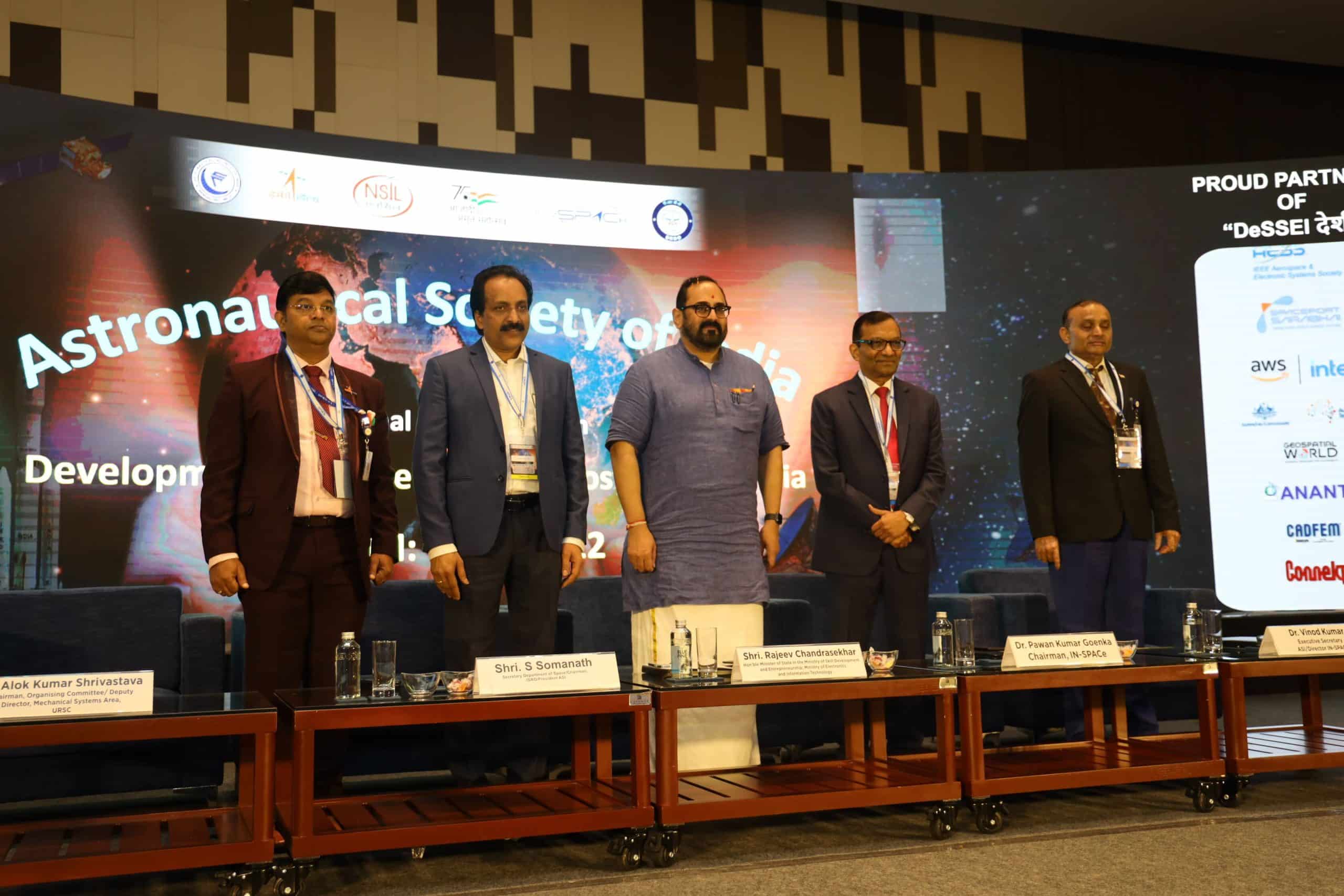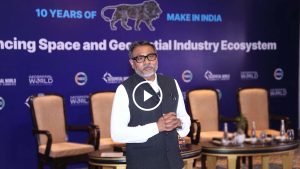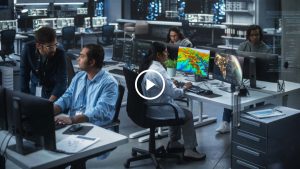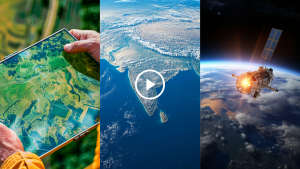The INSPACe 4th Industry Meet was held in Ahmedabad at Wyndham Ahmedabad on June 6, 2024. INSPACe Promotions Director has kindly extended an invitation to attend.
It was a very informative and enjoyable event. It was great to see the ‘jugalbandi’ between Secretary DoS, Shri S Somanath, and the Chairman INSPACe, Dr. Pawan Goenka.
On September 6, 2021, there was a brief Gazette Notification setting up INSPACe. Many of the questions raised have been fully answered in the two and a half years since the notification.
Dr Somanath was at his best as he outlined the activities of ISRO in the new environment. He laid great stress on the R&D and innovation track that ISRO will now follow as it sheds its earlier production and operations activities in favour of the industry.
However, he pointed out that while in money terms 80% of launchers are from industry, in terms of adoption of D&D by industry to manufacture the technology on their own is hardly 10%. There is a need for the industry to be more proactive and begin to own the technology and move it further on its own.
A matter that remained unanswered is the process for ISRO staff to be reoriented from production and operations to research and innovation. Perhaps this was not the venue for discussing this.
It should be noted that while the event celebrated the success of Agnibaan SorTeD with a cake-cutting ceremony, the real strength of the success was threefold. First is the use of a printed engine, second is the use of semi-cryo technology and the third is the use of commercial grade fuel – ATF and Medical Grade Oxygen.
In all these three areas ISRO is lagging in R&D. This can also be seen in the downstream applications which Somanath stressed. In my opinion startups and private industry have left ISRO far behind in R&D.
The presentation by Pavan Goenka was equally informative. With a brief introduction, he left it to his Directors to recount the work done.
It was impressive to know that other ministries and departments are now involved in monthly meetings to coordinate the national and global activities of INSPACe through the Standing Committee for Inter-Ministerial Coordination, SC-IMC. It is essential the old INSAT Coordination Committee, ICC with a much wider scope and on steroids.
It was great to see that NRSC is now counted as one among twelve international EO data providers, with 22 agencies registered as data marketers.
No more canalization of EO data through NRSC. Cooperation with DoT and WPC for ITU filings for Indian communication entrepreneurs is also good news. The concept of Ground Station As A Service, GSAAS is being actively followed for EO data, TT&IC, Science data, frequency coordination, etc.
Another step forward is Space-related standards and the involvement of the Bureau of Indian Standards in all aspects including Geospatial Information, Navic, and other geospatial standards.
A much-looked-for presentation of the Decadal Plan jointly developed by ISRO and INSPACe was a disappointment. It had all the right words but was sketchy in terms of priorities, a timeline, and the source of funds to move the Indian Space economy to its goal of US$44 billion with US$11 billion in exports by 2023.
The presentation that made my day was by Joseph Joshy of International Financial Services Centres Authority, a Government of India enterprise located in the Gujarat International Finance Tech-City located in Gandhinagar, Gujarat.
He presented many possibilities of foreign capital raising, insurance, leasing of space assets, and setting up of holding companies for investing in space services. He ended with the exhortation ‘carpe diem’.
However, the steps to ‘carpe’ the ‘diem’ may require greater study of the offerings. That said, it opened up a window – to me at least – on how that $44 billion was to be achieved.
Among the other presentations of note were the ten-point agenda presented by Sanjay Kumar, CEO of Geospatial World and Satyam Kushwaha from ISpA. Both highlighted the need for addressing the crucial issues of collaboration, ease of doing business and finance for startups and other industries involved in Space.
Some positive and negative points. Good choice of venue, away from the claustrophobic security regime of ISRO facilities. In an industry meet I expected some industries to speak. Except for Moin from AGNIKUL, there were no others.
The presentations were too long. Though there was a lot to say putting down thoughts in their brevity is an art yet to be mastered in general and by ISRO and its affiliates in particular. Long presentations without time control led to schedule slippages because of which I missed the concluding words. Did I miss much?
Disclaimer: Views Expressed are Author's Own. Geospatial World May or May Not Endorse it








